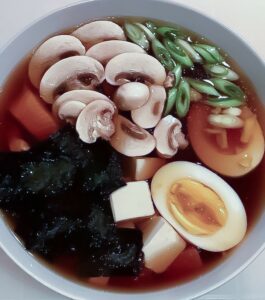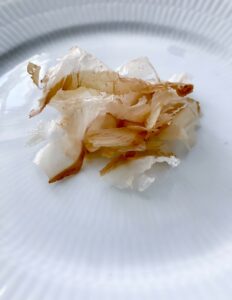Yes, it is true.
Noodle soups are the most popular dish in Japan, and there are several reasons for that.
It is the Japanese’s favorite fastfood. It is healthy, nutritious and low in fat. Noodle soups suits a busy day with long working hours, family and friends and is eaten all year round.
Noodle soup can be made in many different ways and each region of Japan specializes in their very own version. Indeed, most noodle restaurant have their very own unique signature that has been passed down through the generations. In Japan, noodle soups are most often made with ramen noodles, udon noodles and soba noodles.
Noodle soups are also made with different types of stock. The most popular are chicken stock, pork stock and fish stock.
On the Noodle soup course for beginners, you learn how to make the most used stock in Japanese cuisine. With the stock you will learn step by step how to make 2 very different types of noodle soups that can be enjoyed all year round.
_
Zoë has lectured and held sushi courses for A. P. Moller – Maersk, Hugo Boss Nordic, Novo Nordisk, Novartis, Velux, Gorrissen Federspiel, Beierholm revision, Elbek & Vejrup and many more.




